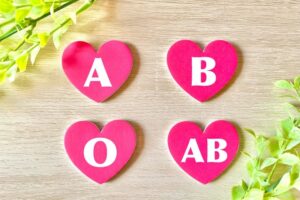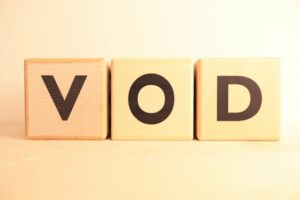- Japanese subtitles -
3つ目は、「敬語」です。
「丁寧体」より、もっと丁寧な形です。
敬語は、ホテル、レストランなど接客の場面でよく使われます。
次の会話を見てみましょう。
スーパーの店員とお客さんの会話です。
いらっしゃいませ。
お願いします。
ふくろはどうなさいますか。
けっこうです。
バックはお持ちですか。
はい。
店員は、「ふくろはどうなさいますか」「バックはお持ちですか」と言っています。
これが「敬語」です。
ふくろはどうなさいますかを丁寧体で言うと「ふくろはどうしますか」です。
「バックはお持ちですか」は「バックは持っていますか」です。
これらの言い方も丁寧ですが相手がお客さんですから、敬語を使ってもっと丁寧に話しています。
次のような言葉も「敬語」です。
「かしこまりました」「少々お待ちください」「申し訳ございません」「失礼いたします」。
敬語は、まず意味がわかることが大切です。
そして、少しずつ使えるように挑戦していきましょう。
ここでは、話し方の使い分けを勉強しました。
丁寧さによって3つに分けることができます。
「普通体」、「丁寧体」、「敬語」です。
相手や場面に合わせた適切な話し方で良い人間関係を作りましょう。
If you have any questions, ask them for free! ➡ Japanese Question Form

The concept of "inside: Uchi" and "outside: Soto" Part 2
"ウチ "と "ソト "の概念 その2
Different expressions are used depending on whether the person you are talking to is a close person or a sparse person, superior or not.
Check ”Uchi and Soto” with your tutor at the next tutoring session.

Japan’s Easiest-to-Understand Blood Type and Personality Classification
For those born outside of Japan, when a friend asks, “What is your blood type?” When asked, “What is your

Ranking of culture shock felt by foreigners in Japan
Even if it is commonplace to Japanese people, it may come as quite a surprise to foreigners. First-time visitors to

Recommended VOD (Video On Demand) in Japan
In recent years, subscription services have become the standard around the world. In addition to music, it has become commonplace

An Overview of Japan’s Four Seasons! How wonderful are spring, summer, fall, and winter?
If you ask Japanese people, “What are the characteristics of Japan?” many may answer, “A peaceful and beautiful country,” but





